Tag: Cats
-
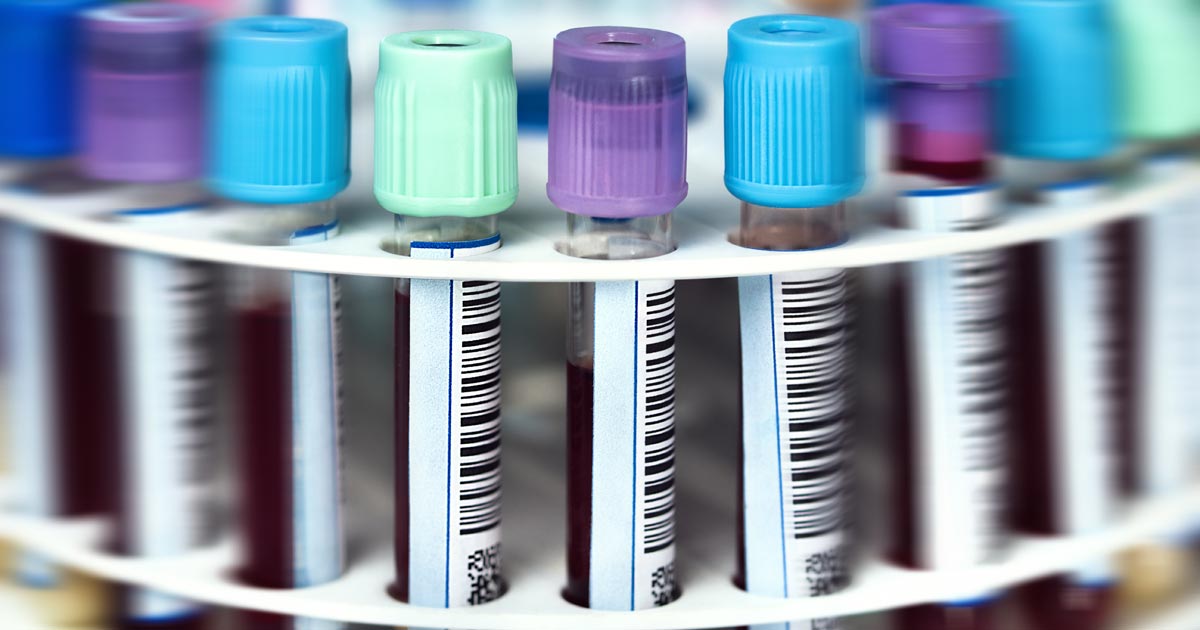
Ionised hypocalcaemia, pt 4: controversies and prognostic indications
—
by
Ionised hypocalcaemia (iHCa) is a well-known electrolyte abnormality in critical human patients, which is also beginning to be recognised in our critical feline and canine patients. The exact mechanism for the development of iHCa is still unknown – making prevention difficult, if at all possible. Controversy also exists as to whether treating iHCa is of…
-

Ionised hypocalcaemia, pt 3: acute treatment and management
—
by
Treatment of ionised hypocalcaemia (iHCa) is reserved for patients with supportive clinical signs, then divided into acute and chronic management. Since the most common cases of clinical hypocalcaemia in canine and feline patients are acute to peracute cases, this blog will focus on the acute treatment and management of hypocalcaemia. Clinical signs The severity of…
-

Ionised hypocalcaemia, pt 2: eclampsia
—
by
As discussed in part one of this blog series, a myriad of disease processes can lead to ionised hypocalcaemia (iHCa). Despite this, only hypocalcaemia caused by eclampsia and hypoparathyroidism (primary or iatrogenic – post-surgical parathyroidectomy) are severe enough to demand immediate parenteral calcium administration. Hypoparathyroidism is quite rare, so this blog will not explore the…
-
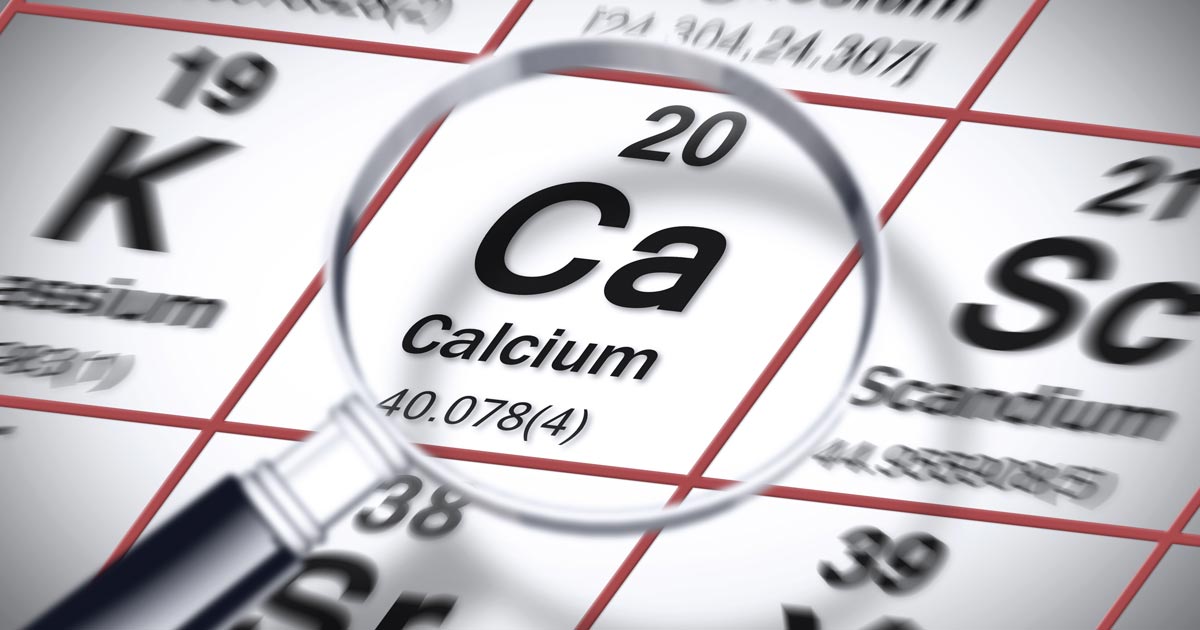
Ionised hypocalcaemia, pt 1: introduction
—
by
Low ionised calcium (iCa) is a widely recognised electrolyte disturbance in critically ill human patients who have undergone surgery, are septic, have pancreatitis, or have sustained severe trauma or burns. Similar changes occur in our critical canine and feline patients, though less well documented. Calcium plays a vital role in a myriad of physiological processes…
-
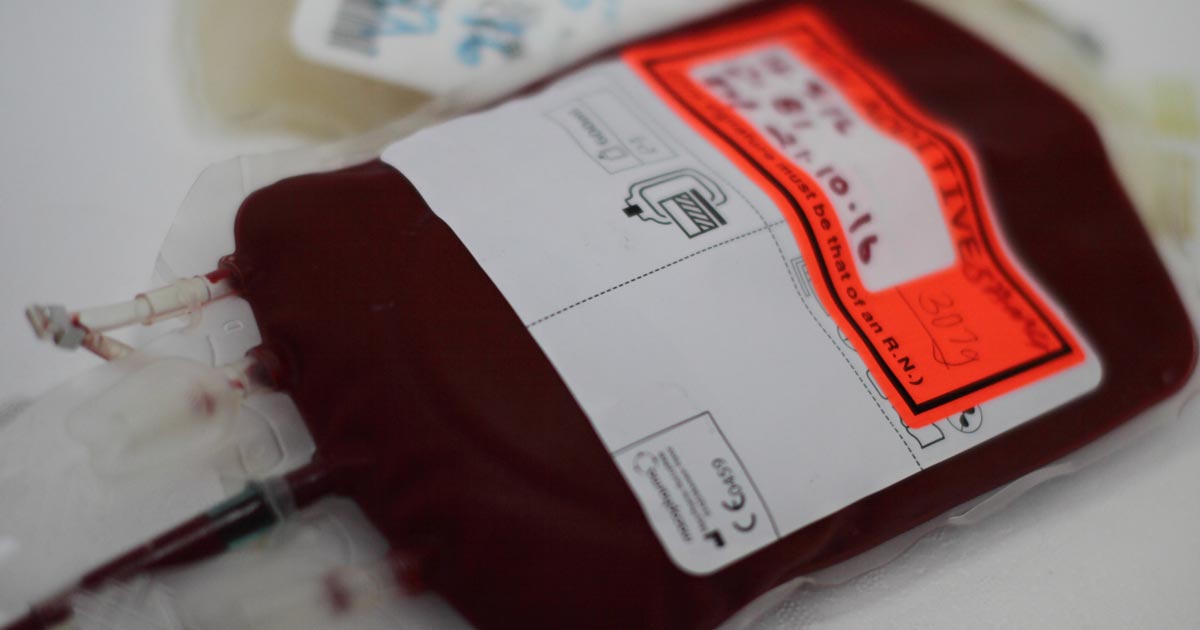
Blood transfusions, pt 2: what do I give?
—
by
To make the most of a precious resource, donated blood is often separated into two components: red blood cells (packed red cells) and plasma (fresh frozen plasma, most commonly). This not only extends the life span of plasma component, but it also means you can pick and administer which component you need the most as…
-
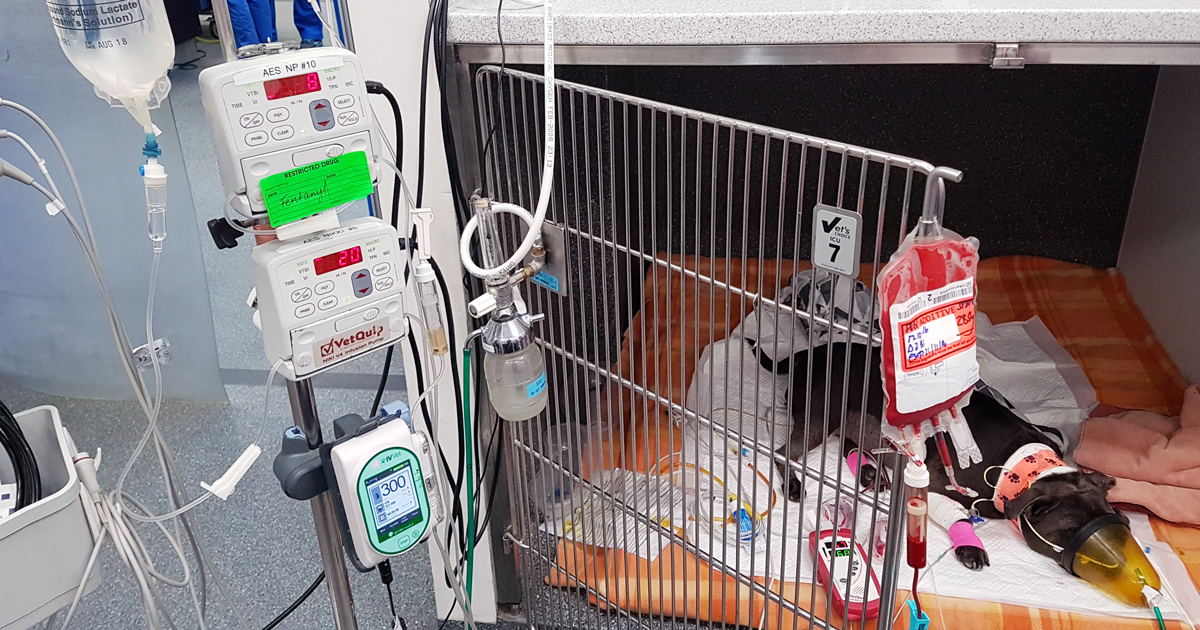
Blood transfusions, pt 1: clinical signs
—
by
I get asked frequently when is the right time to transfuse an anaemic patient? The difficulty lies in the fact not all anaemic patients require blood transfusions. Just because a patient has pale mucous membranes does not mean the patient needs a transfusion. The term commonly brought up during the discussion is “transfusion triggers present”.…
-
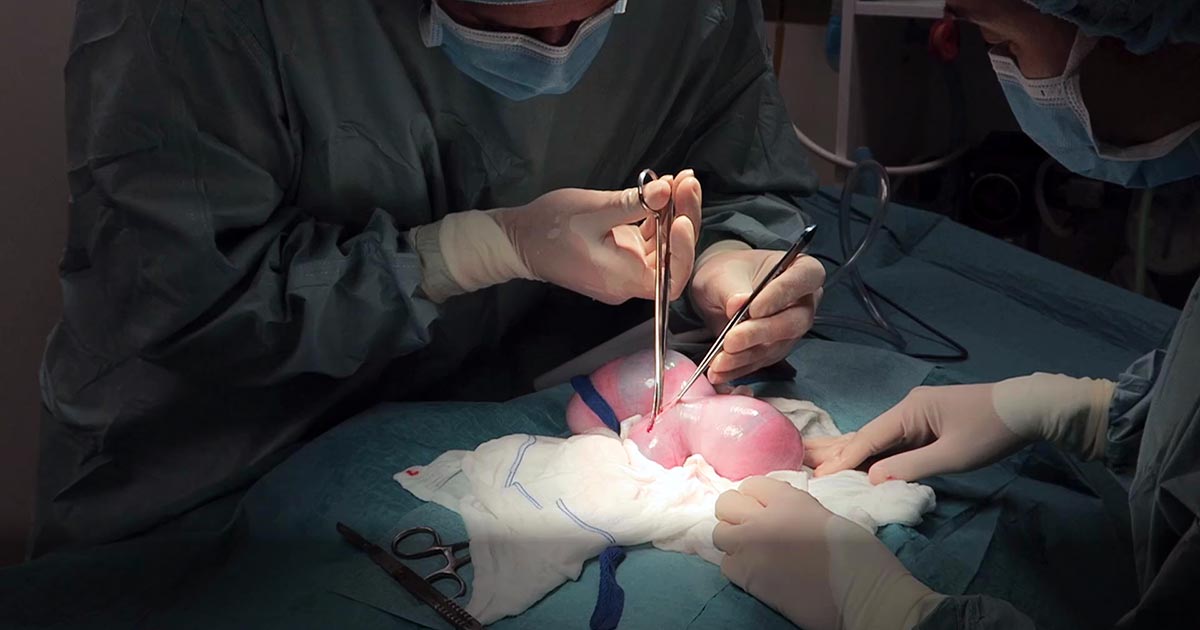
Dystocia, pt 4: caesarean tips
—
by
Prolonged hypoxaemia, hypotension and hypoventilation are the top three causes of periparturient fetal mortality – for these reasons, all precautions must be taken to avoid it. As soon as authorisation has been obtained to proceed with a caesarean section, the patient should be stabilised immediately. This includes having perioperative blood work performed, and clinical hypoperfusion…
-
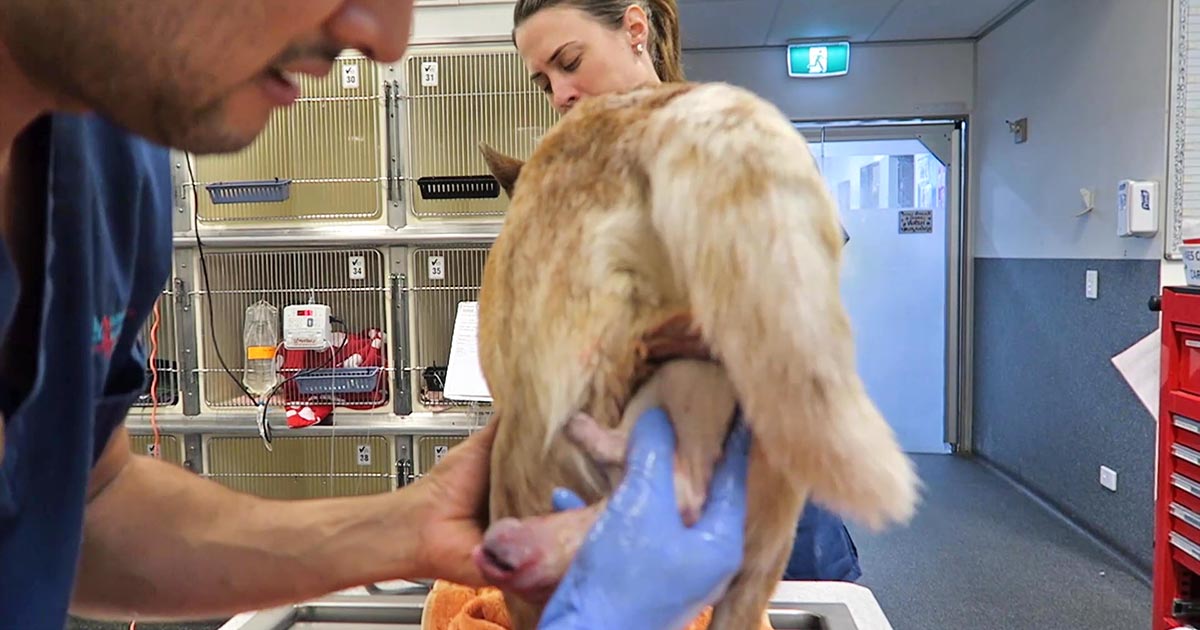
Dystocia, pt 2: diagnostics
—
by
Part one of this series covered the stages of labour and indications dystocia is present. Once the bitch presents to the clinic, a few basic diagnostic checks need completing to determine the status of the bitch/queen and the fetuses. Physical examination The first is a thorough physical examination, starting with the bitch or queen: Demeanour,…
-

Dystocia, pt 1: labour stages
—
by
Now most female canine patients are spayed, it comes as no surprise reproductive emergencies are not as common. One confusion seems to be not knowing how to determine a true dystocia emergency – especially when given advice over the telephone – from the process of normal parturition. Another concern is how to confidently form a…
-

Pancreatitis, pt 2: treatment and prognosis
—
by
Last week we covered diagnosing pancreatitis and the challenges associated with doing so. This week we look at management. The treatment of pancreatitis largely involves supportive care and monitoring for potential complications. Here, we recap the fundamentals. IV fluids IV fluids are critical in the acute phase to restore perfusion to core organs and correct…